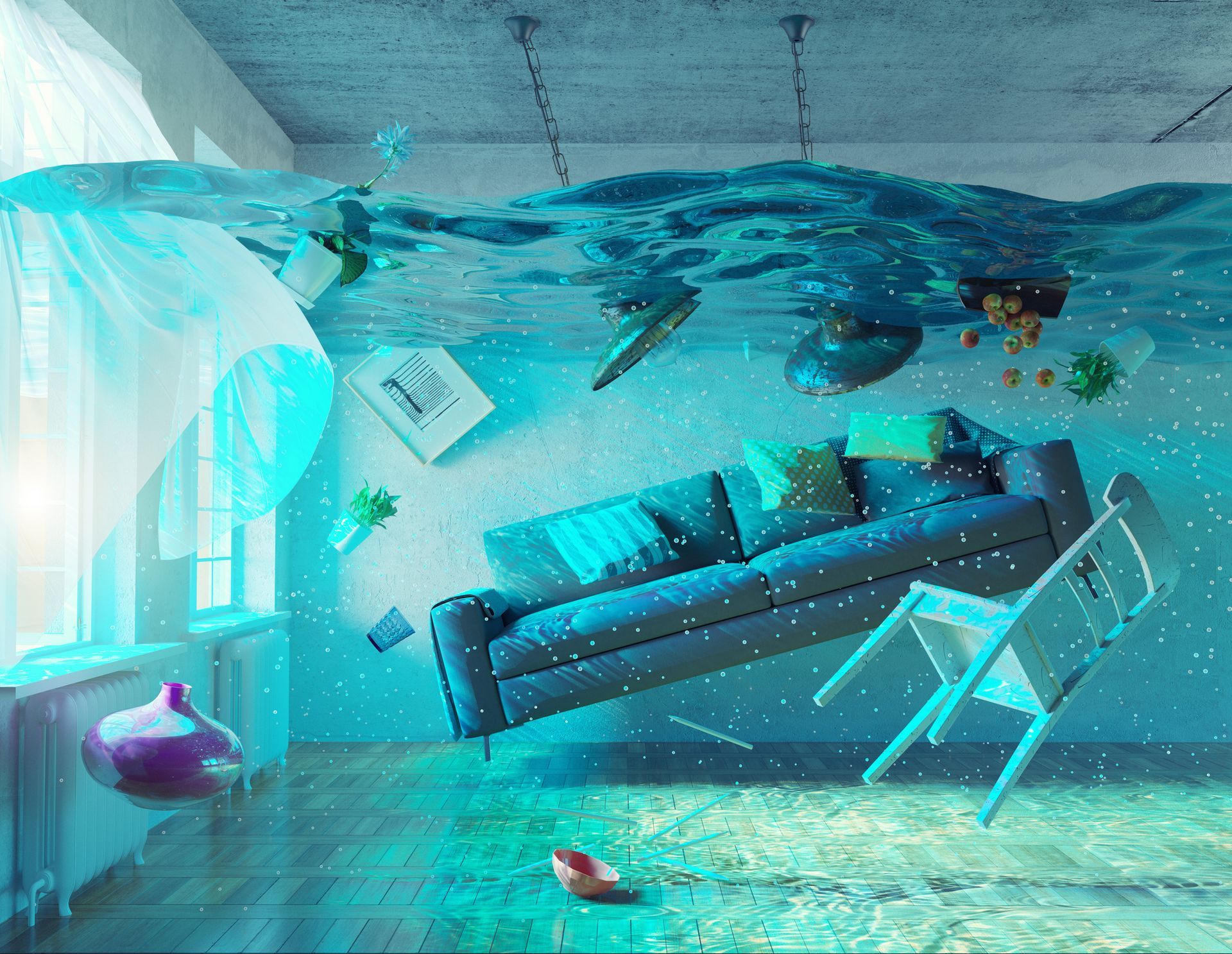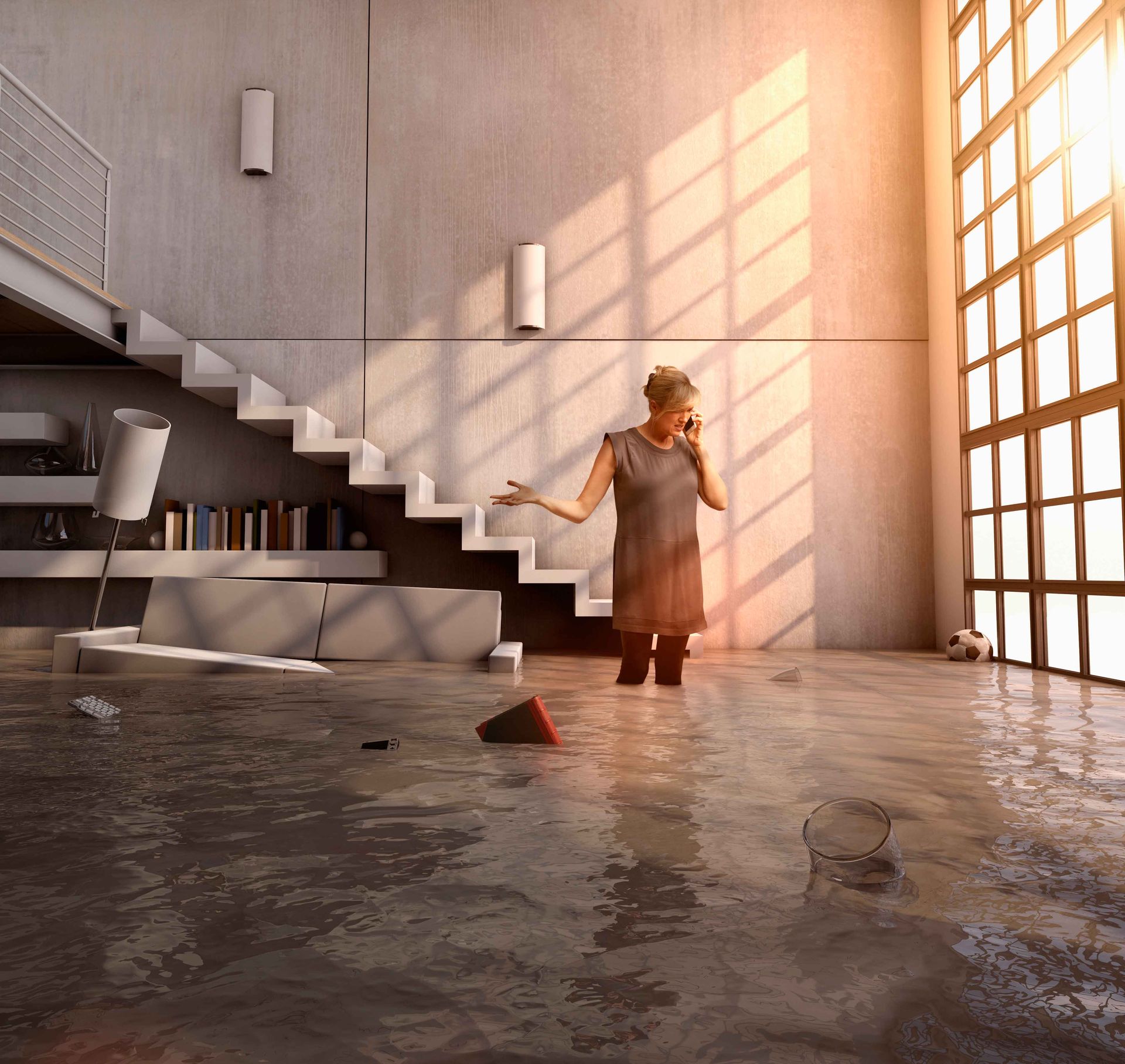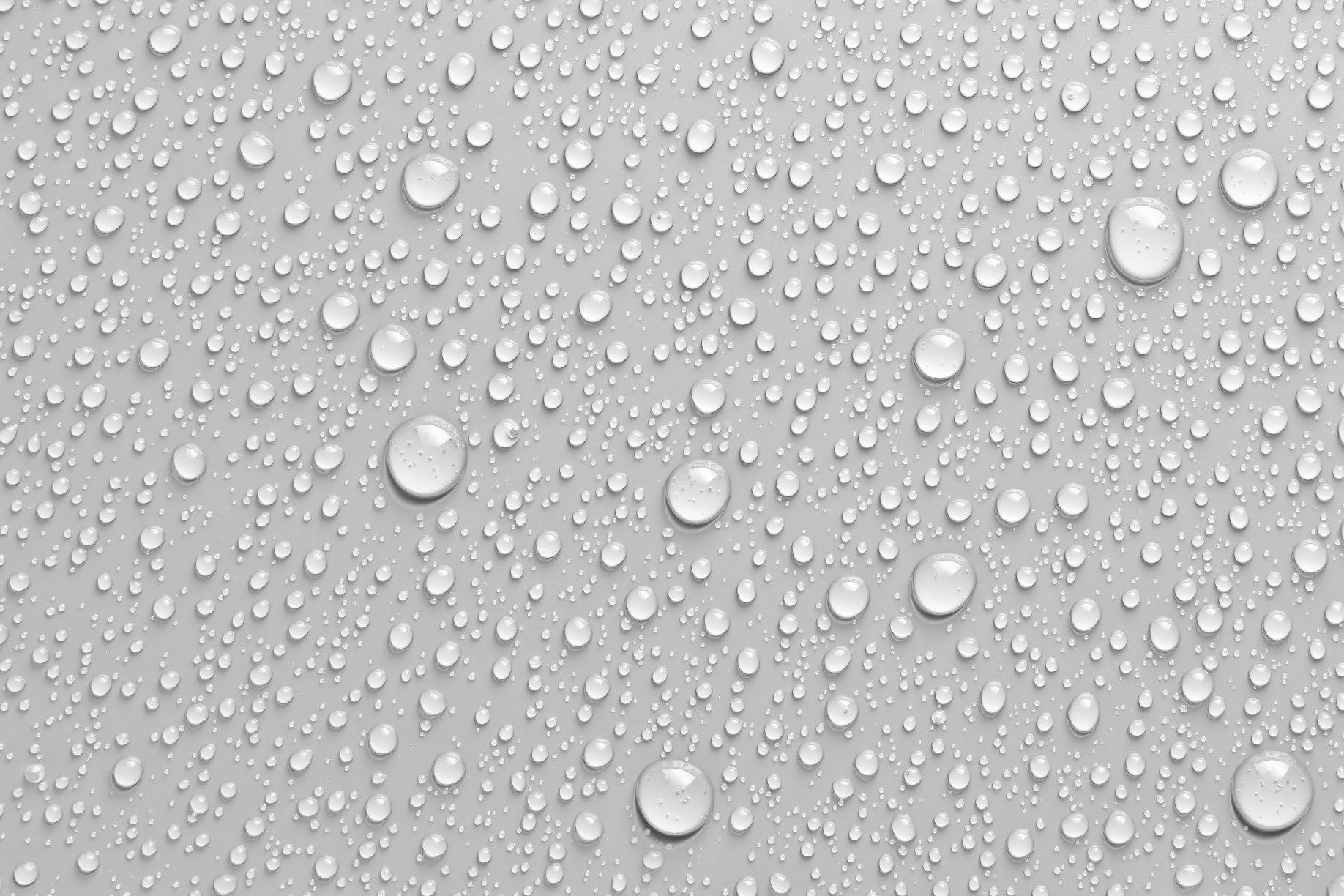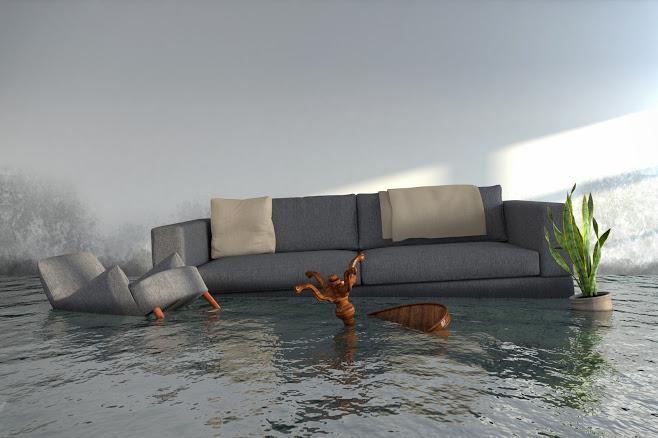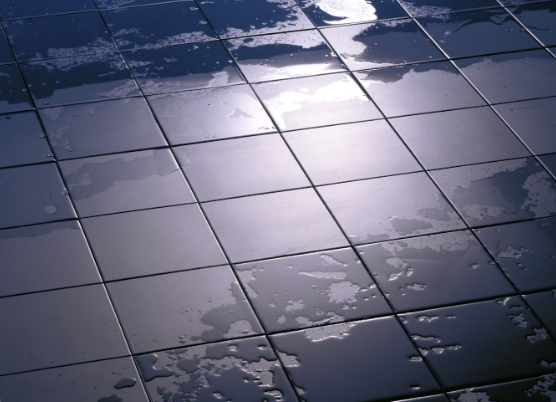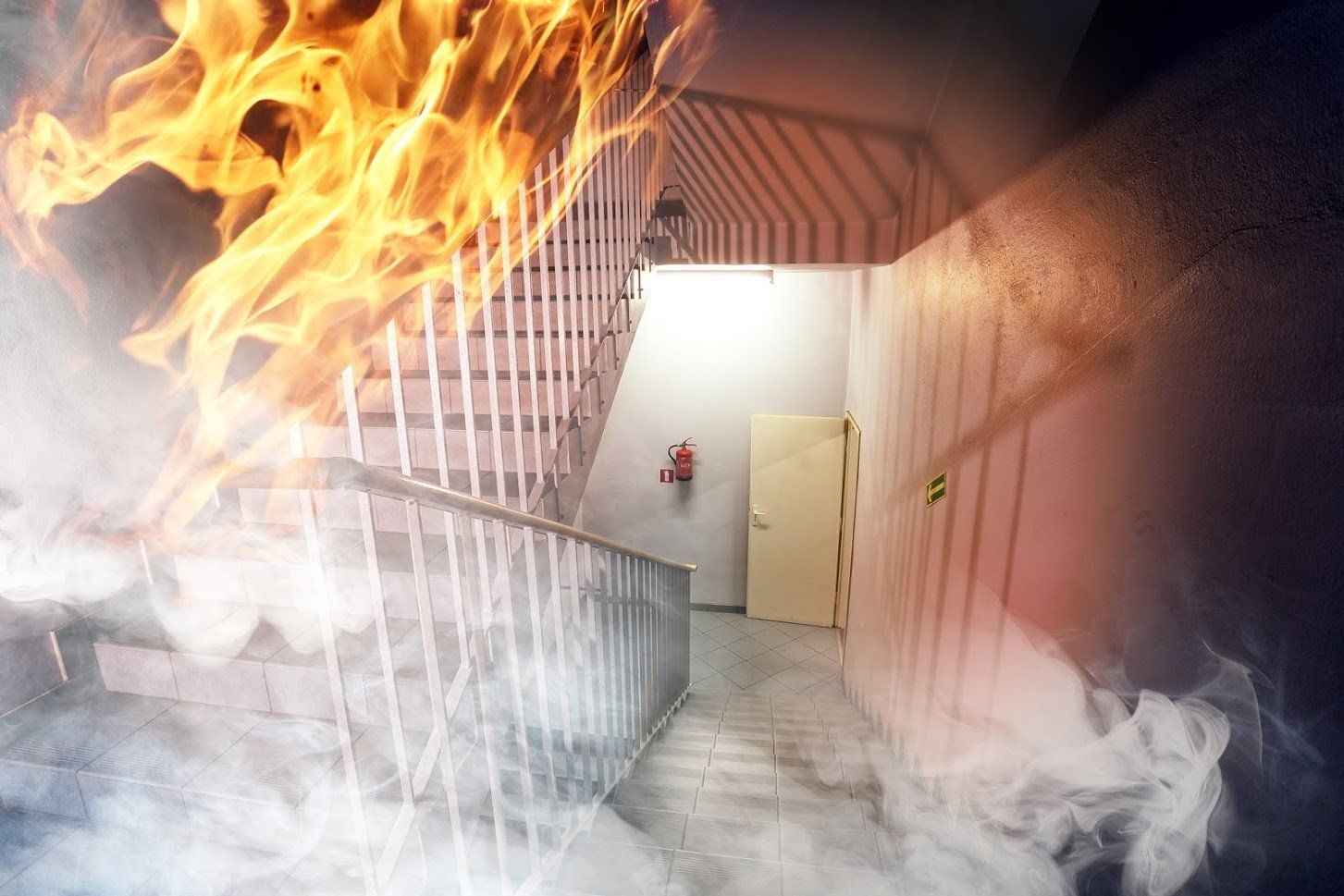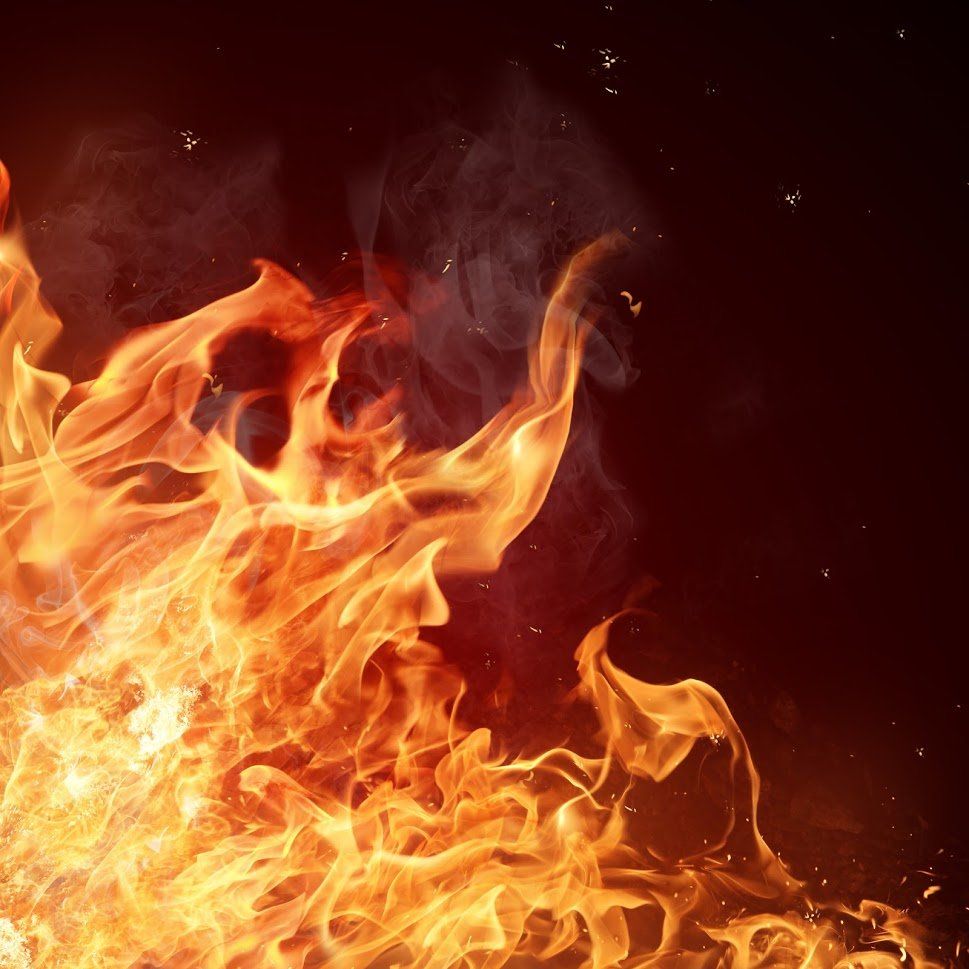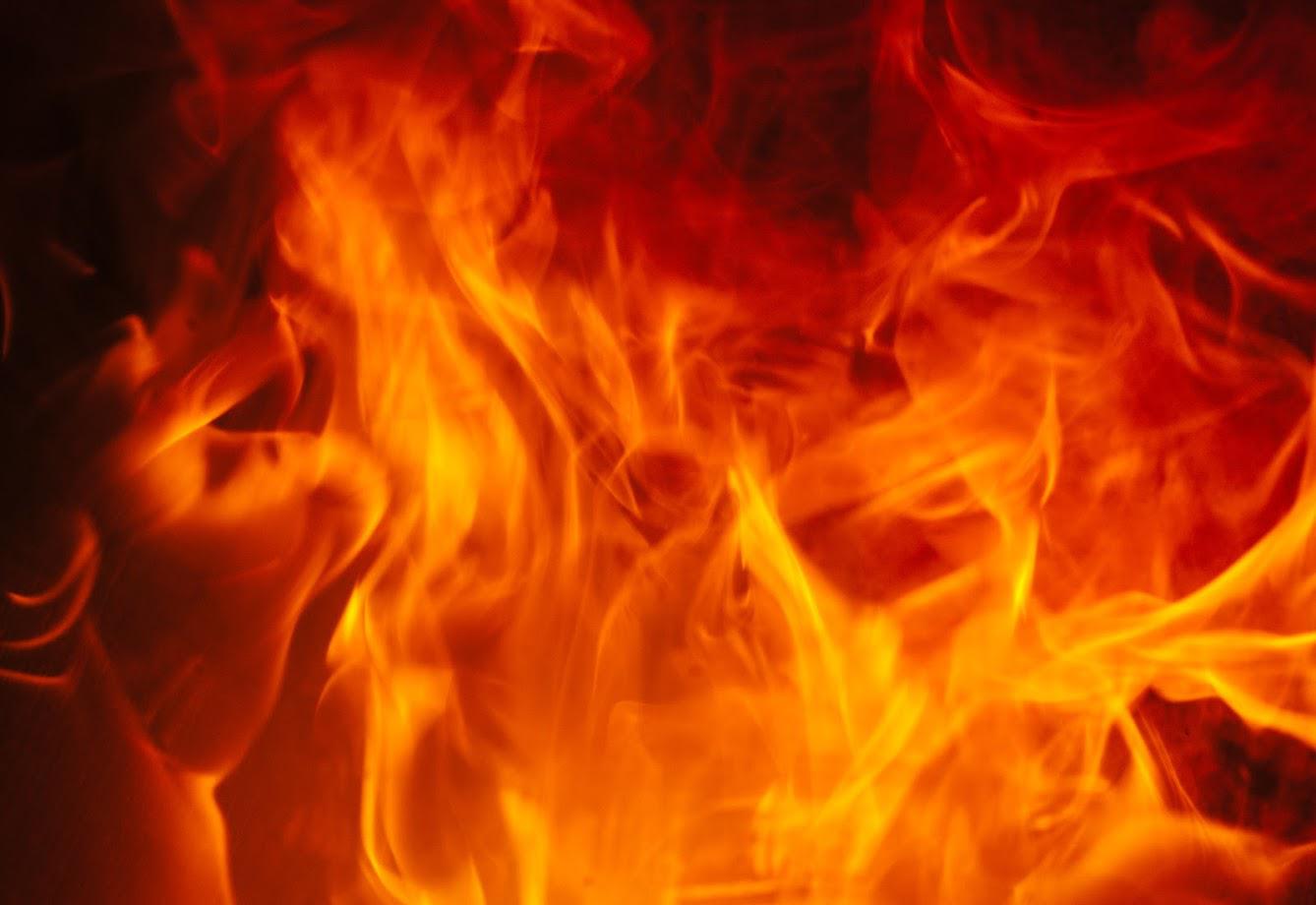The Top Post-Disaster Construction Services for Homeowners

After a disaster causes severe damage to your home, you’ll probably hire a contractor to address the immediate damage. Which kinds of repairs are the most important to immediately carry out? Take a look at the construction services you may need to turn a disaster site into your dream home.
Flooring Replacement
A fire can singe carpets and scorch floorboards. Not only can the fire itself ruin your floors, but the extinguishing process can leave your home under a layer of water.
If a flood, and not a fire, damaged your home, your flooring will also face plenty of problems. From warping to mold growth, a flood can leave you without a usable floor. Whether you've experienced a fire or flood, a quality construction company can provide your home with:
- Replacement subflooring . How deep down did the damage go? If the layer under your wooden, tile, or carpeted floors is wet, smoky, or smells musty, the contractor will need to remove the damaged area and replace it with new, dry materials.
- Replacement floors . Now that the subfloor is dry and damage-free, it's time to work your way up to the exposed part of the floor. Whether you want hardwood, laminate, or tile, the contractor can give you a pristinely clean new surface.
- Replacement carpeting . If you have carpets, smoke and water damage can soak through the fibers and ruin your flooring. The contractor will need to remove the carpets and pad underneath it before replacing anything.
With a new floor in place, what else do you need to make your home complete? Read on for more information on how to restore your house.
Wall Replacement
Do your walls have holes, cracks, or bubbling paint. Whether the damage control process resulted in sizable holes or breaks in your drywall and plaster or water is the issue, your walls need help.
While the specific fix depends on the problem, after a disaster your home may need:
- Drywall patches . Instead of replacing an entire wall, some holes only require a patch.
- Drywall replacement . Large holes or areas of damage may require an entirely new outer surface. The contractor can evaluate how much of the wall requires replacement and what the best materials are for your home.
- New paint . Whether the contractor replaces the wall or not, chances are it will need a fresh coat of paint. If the existing pain has cracks, bubbles, or another type of damage, the contractor will need to remediate this damage before priming and re-painting.
- New wallpaper . Like paint, wallpaper often won't withstand fire or water damage. The contractor will need to remove the leftover wallpaper before they install a new layer.
Address interior damage before you ask the contractor to hang new drywall, paint, or wallpaper on the walls. This may include plumbing, electrical, or HVAC system restoration.
Electrical Replacement
The aesthetic areas of your home aren't the only construction issues you'll face post-fire or water damage. Along with the floors and the walls, you may also need professional help with the electrical system.
After a fire or flood:
- Have a qualified contractor inspect the electrical system . Failure to inspect this system could result in a repeat fire or a shock hazard. You need a professional to assess interior damage and recommend repairs/replacements.
- Replace damaged wiring and electrical components . After the water dries, the wires and other parts of the electrical system may still pose a safety risk.
- Don't forget about fixtures . Along with the wires and receptacles, hire a contractor to replace all fire and water-damaged lighting fixtures.
Even though no one wants to replace most or all their electrical system, this gives you the opportunity to make sure your home is up to code or add upgrades.
Do you need post-disaster restoration help for your home? Contact C & Z Construction for more information.
Browse Our Website
Contact Information
Email: info@czconstruction.net
Address: 4825 Derry St, Harrisburg PA 17111PAHIC#000204PA Attorney General: 1-800-441-2555
Our Location
Contact Information
Email: info@czconstruction.net
Address: 4825 Derry St, Harrisburg PA 17111PAHIC#000204PA Attorney General: 1-800-441-2555
